
A new study from China found that about half of the patients hospitalized with COVID-19 are hyperglycemic.

A new study from China found that about half of the patients hospitalized with COVID-19 are hyperglycemic.

A new recommendation by six medical societies touts adherence to meeting the daily recommended dose of vitamin D.

The American Academy of Ophthalmology (AAO) is taking its annual meeting virtual amid the COVID-19 pandemic.

Amid the COVID-19 pandemic, a smart thermometer has become a valuable tool in detecting coronavirus hotspots.
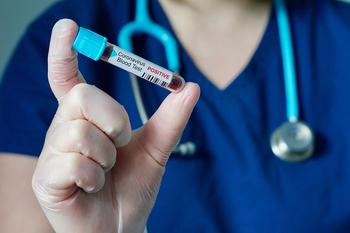
While the spikes that are characteristic of COVID-19 are well-documented, researchers have detected a subtle change from the onset of the pandemic in January to May, when the virus ultimately engulfed New York City.
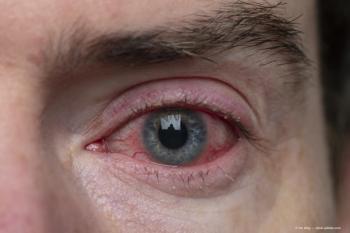
A team of researchers at the University of Alberta believe a case of pink eye is now a reason to be tested for COVID-19.
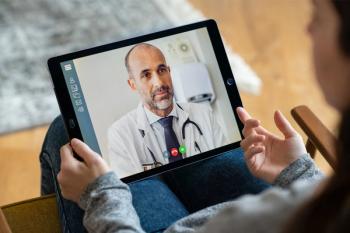
In letters to several major health insurers and health insurance associations in the United States, the American College of Physicians suggested recommendations about how to keep the new COVID-19 flexibilities in place after the period of the public health emergency has ended.

In the ever-changing landscape of the COVID-19 pandemic, the global population must refocus daily to remain tuned in to the latest understandings about the virus. Some of the most important observations involve new ways in which the virus affects patients.
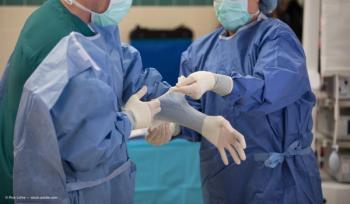
While ophthalmologists and their staffs continue to face challenges with the availability of proper personal protective equipment amid the COVID-19 pandemic, an internal Federal Emergency Management Agency slideshow detailed that N95 masks may have to be reused into October.

Information about the COVID-19 virus changes rapidly as scientists learn more about its behavior.

In a statement, the organization said the 2020 ASRS Annual Meeting, scheduled July 24-28 in Seattle, cannot occur in person as planned.


In the months since social distancing and stay-at-home orders became the norm, many ophthalmologists have conducted visits with patients through telemedicine-providing ophthalmic care using the internet and telecommunications technology.
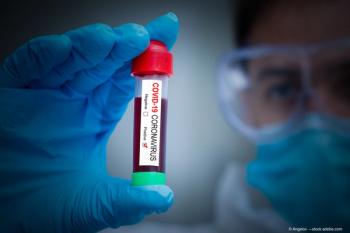
With patient confidence and safety concerns increasing amid the COVID-19 pandemic, the trend toward performing procedures in an ambulatory surgery center could be hastened for ophthalmologists.
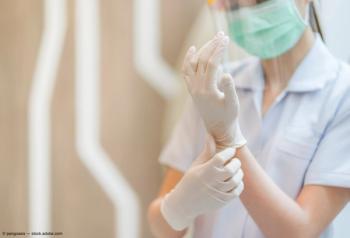
The unpredictable virus stokes misinformation about prevention, patient care. To help clear the muddied waters, the American Academy of Ophthalmology (AAO) conducted a webinar to outline the best measures for patient care, and help physicians decide how and when to fully reopen their practices.
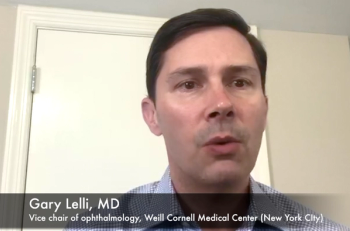
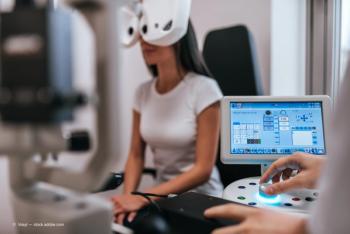
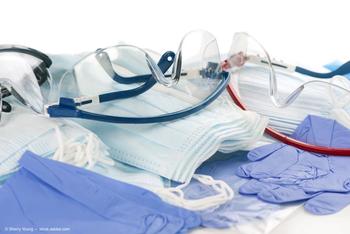
As facilities find masks and personal protective equipment in short supply, hospitals and practices must decide what is appropriate PPE for ophthalmologists performing ophthalmic examinations, particularly when it comes to masks and goggles.

Ophthalmologists nationwide are adapting the way they manage their practices, instituting changes to ensure patient and staff safety.


Recommendations and guidance for ophthalmologists regarding COVID-19 are evolving quickly, and updates frequently change from day by day.

As the COVID-19 pandemic continues to escalate in the United States and across the globe, companies have announced a series of initiatives, programs, and products designed to support customers, ophthalmologists and patients.
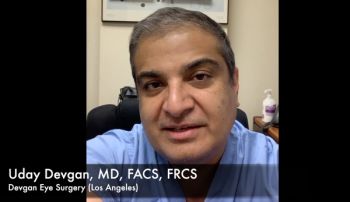
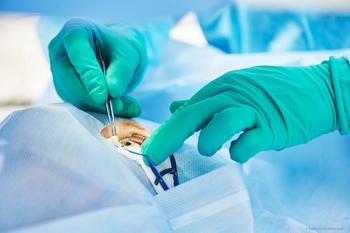

The American Society of Cataract and Refractive Surgery (ASCRS) has cancelled its annual meeting, scheduled for May 15-19 in Boston.